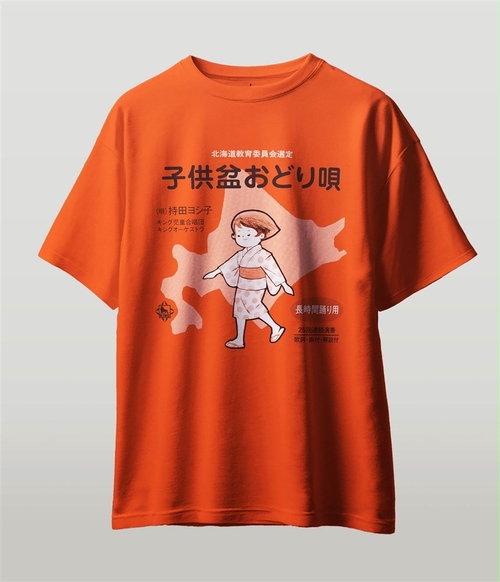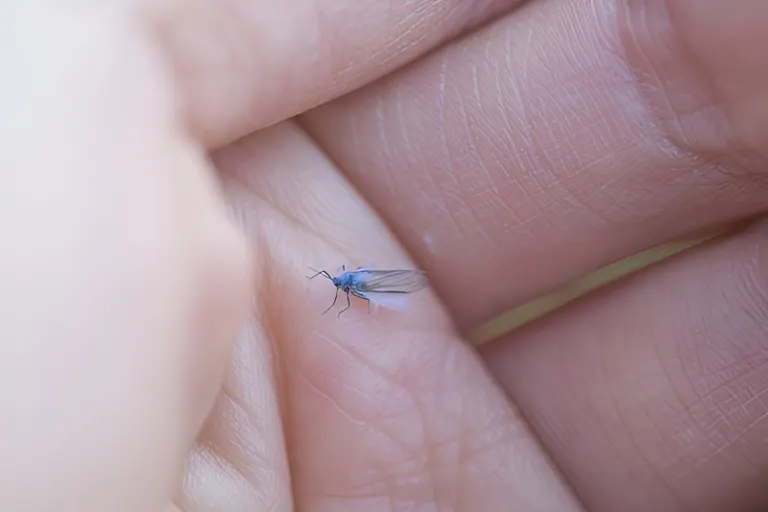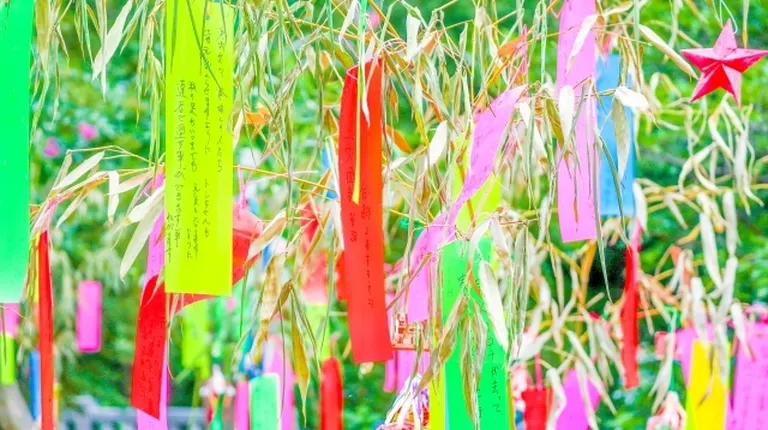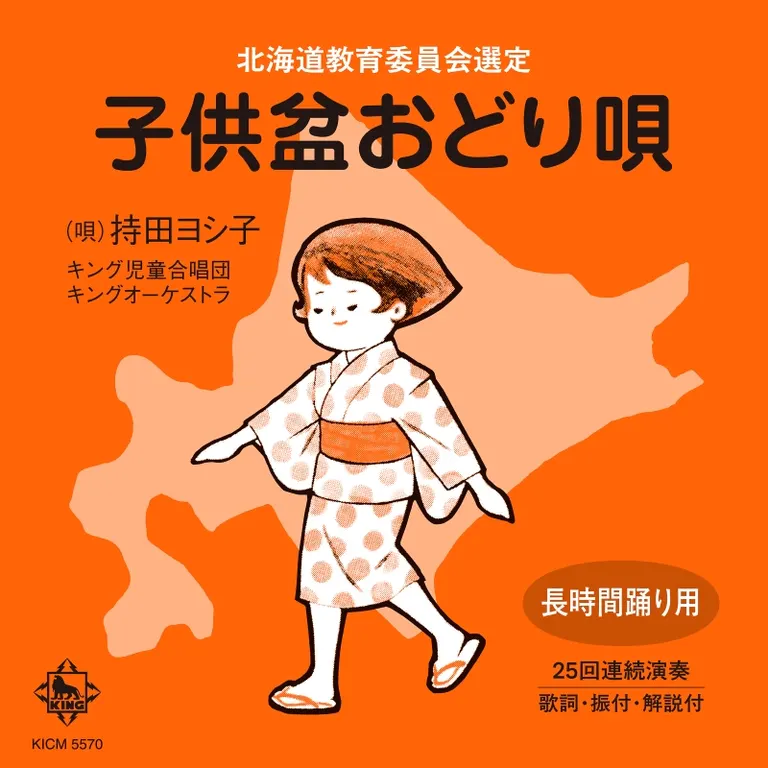![[Chanko? Shankko?] What is the "Children's Bon Dance" that everyone in Hokkaido knows?|Domingo](https://p1-634a4370.imageflux.jp/w=768,f=webp:auto,q=78/https%3A%2F%2Fdomingo.ne.jp%2Fwp%2Fwp-content%2Fuploads%2F2023%2F06%2F6c2364a0d0787d8b58fbd6c449c91397.jpg)
ARTICLES
[Chanko? Shankko?] What is the "Children's Bon Dance" that everyone in Hokkaido knows?
The correct lyrics for the children's Bon dance song are "Shanko"
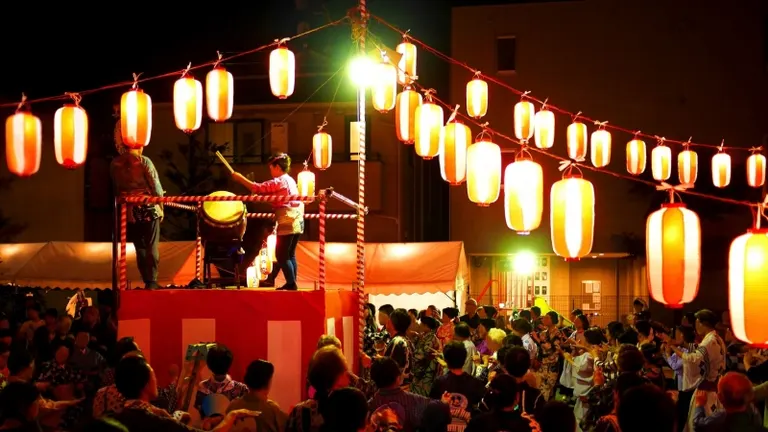
The "shanko" in the lyrics is said to represent the "shanshan" sound of the bells attached to horses, but many people probably thought this part was "chanko." One reason may have been that the pronunciation is similar, making it easy to confuse them, but there was actually another reason.
This song first came out in 1952 (Showa 27). Then, in 1995 (Heisei 7), a new recording by the Tanpopo Children's Choir was produced that was different from the original version. At this point, the original recording had been in use for over 40 years, so it's not surprising that there was talk of making a new one.
However, this version changed the "shanko" part of the lyrics to "chanko" without permission from the original author, and also increased the lyrics from three verses to a whopping eight verses.
Naturally, this caused copyright issues, and the song was eventually discontinued in 2002. However, it was still used in many venues for about seven years, so it seems likely that "chanko" had become somewhat established during that time.
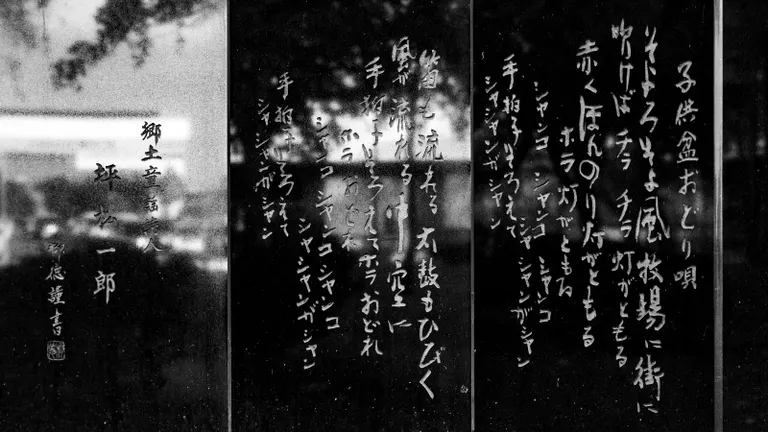
The official lyrics engraved on the monument
Despite these incidents, the original recording is still played in most venues today. It's amazing that something made over 70 years ago is still being played in its original form.
Until a few years ago, the cassette tape was available for purchase on Amazon, but at the time of writing (June 2023), it was out of stock.
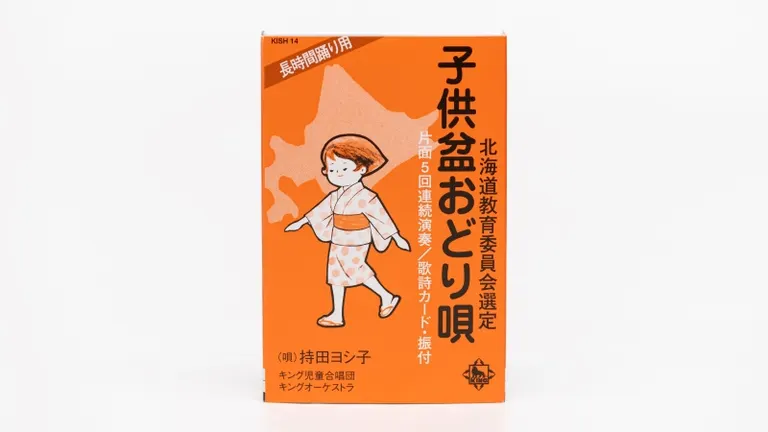
Cassette tape of children's Bon dance songs
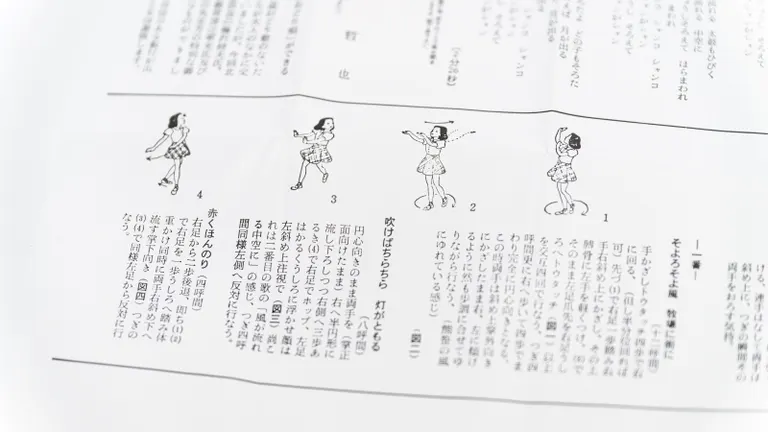
The paper inside the tape explains the choreography.
Surprisingly, this tape has never been released on CD, and the version recorded on this CD is said to be the only CD recording available today.
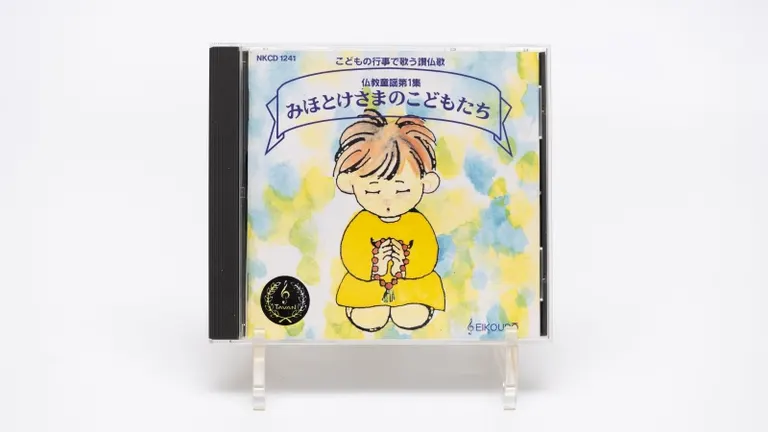
[Buddhist Hymn] Buddhist Children's Songs - Children of the Buddha - Flower Festival March (CD)
- 1
- 2






